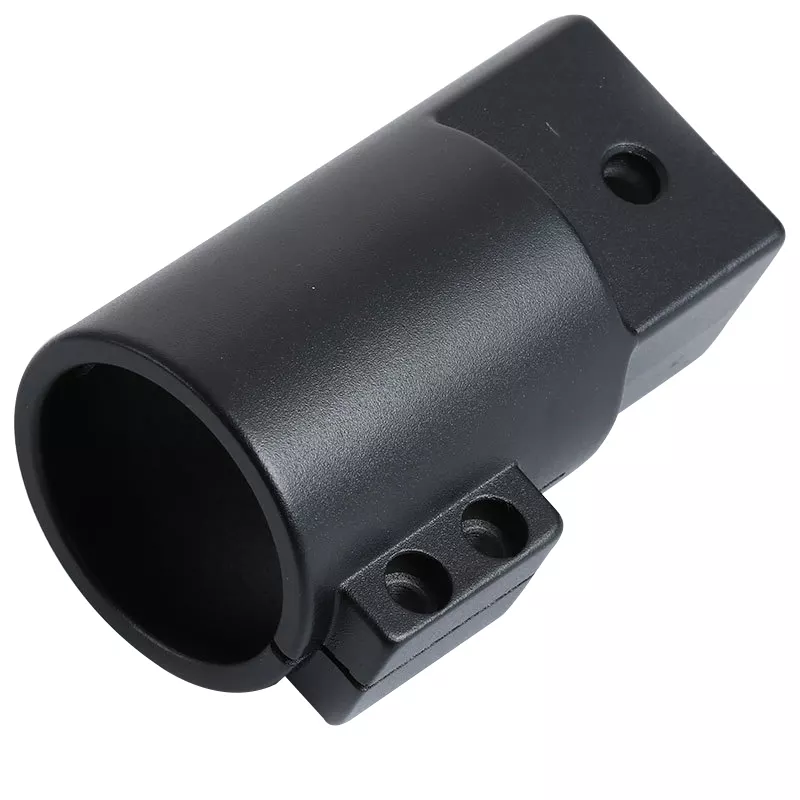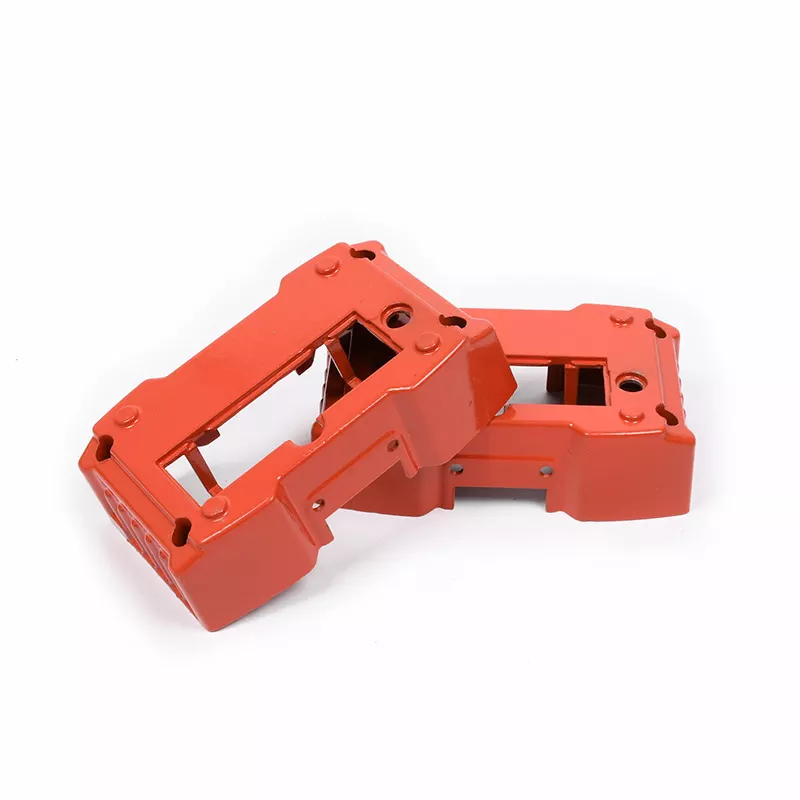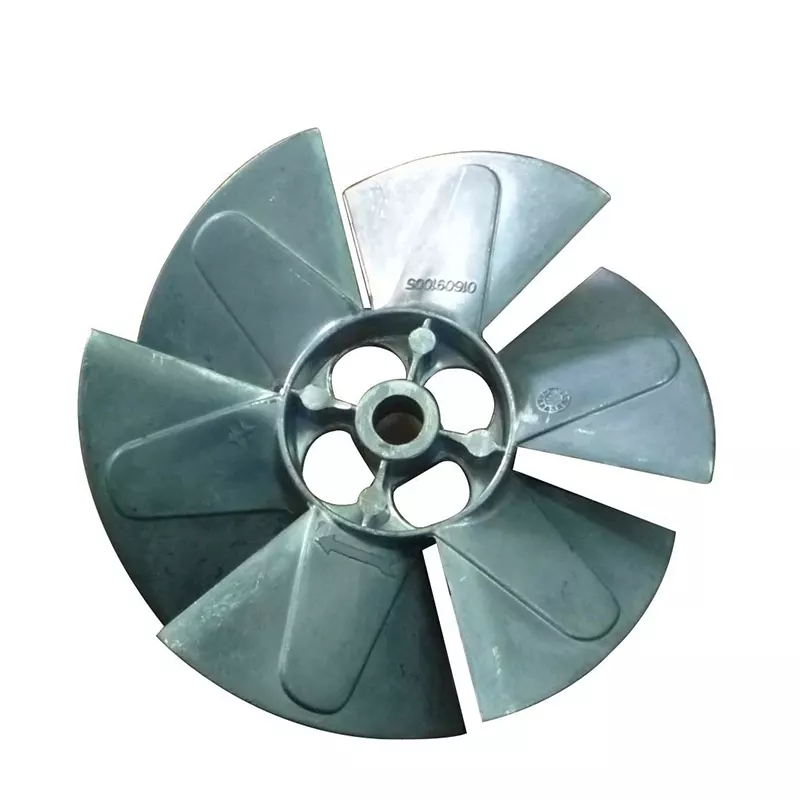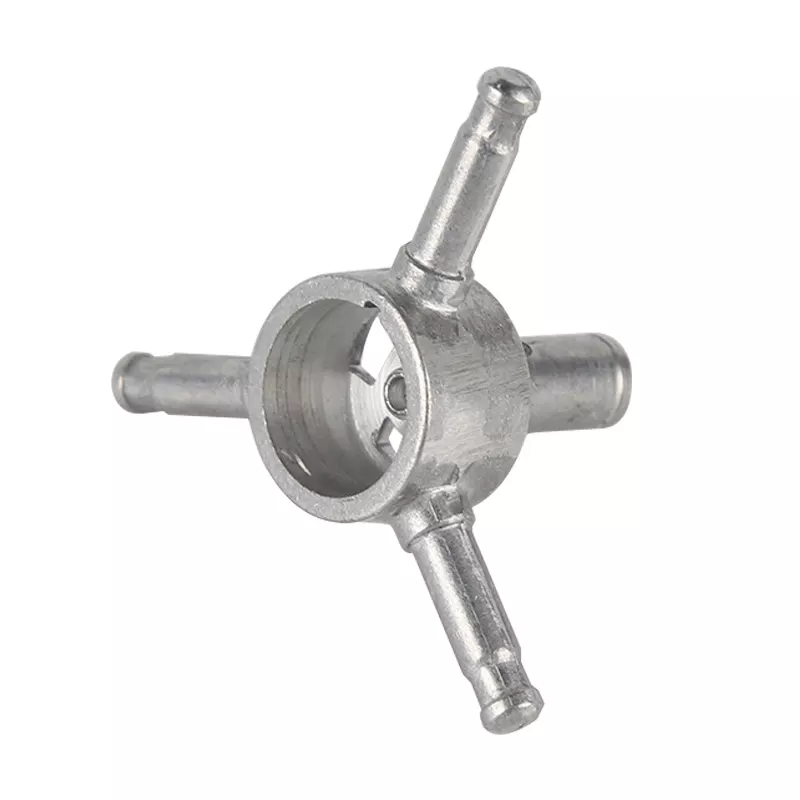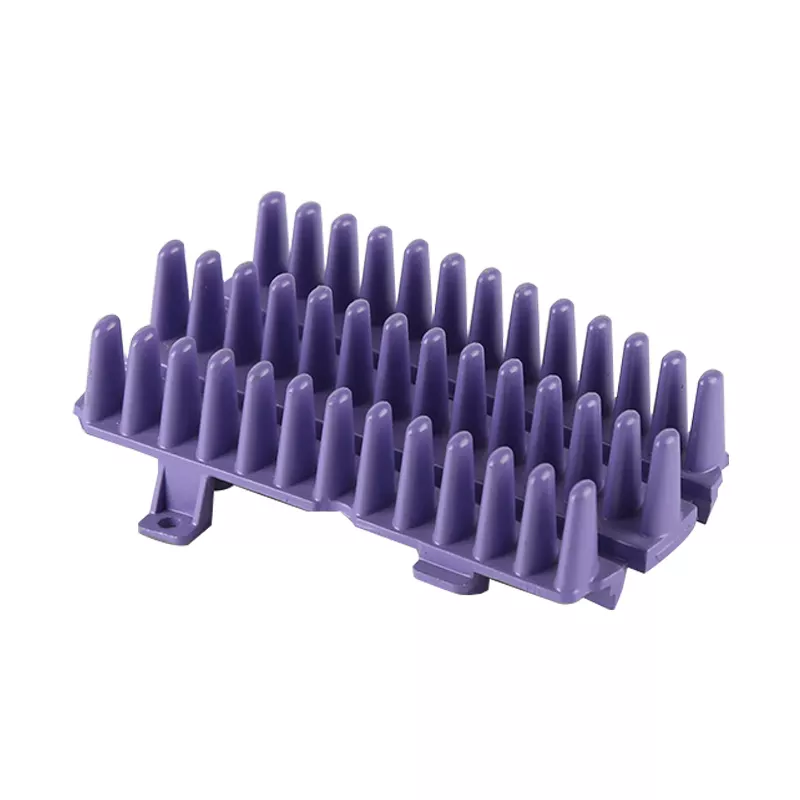Incoloy800 is a solid solution reinforced austenite alloy, which has high creep fracture strength, good high temperature mechanical properties and corrosion resistance. It is widely used in nuclear power, petrochemical and other key parts. In order to meet the needs of industrial production, most of the as cast austenite alloys need to be obtained by hot rolling, hot forging and other hot-processing processes. In the process of hot deformation, the alloy is prone to surface defects and even cracks. In engineering, the defects are usually prevented by adjusting the heating temperature and holding time before the thermal deformation. From the production experience, the heating temperature and the holding time have a great influence on the crack.
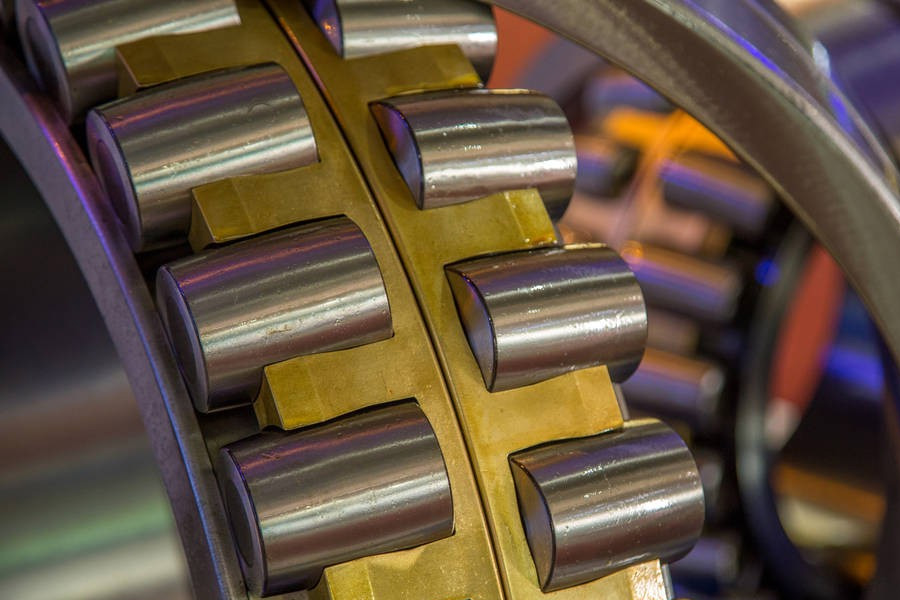
The previous research focuses on the effect of homogenization on the structure and the second phase, and the effect of homogenization on the mechanical properties of materials needs further understanding. The researchers studied the effect of homogenization on the deformation properties of 800 alloy by high temperature compression experiment.
It is melted by vacuum induction furnace and produced by pouring Φ 80mm × The chemical composition (mass fraction,%) of the 300 mm Incoloy800 ingot is fe41.2, ni31.5, cr21.1, mn1.30, c0.06, ti0.3, al0.26, cu0.60, si0.95. To intercept on ingots Φ 8mm × The height of the sample is parallel to the diameter of the ingot, and a part of the specimens treated by homogenization are subjected to thermal compression test. The homogenization treatment specification is 1250 ℃ for 2 hours, and then cooled with the furnace.
The uniaxial thermal compression test was carried out on the original sample and the homogenized sample on thermorester-w thermal / force simulation test machine, and glass powder was used as lubricant. The deformation temperature is 950-1200 ℃, the temperature interval is 50 ℃, the sample is heated to the preset deformation temperature at 10 ℃ /s, and the temperature is kept for 120s, and then the deformation is carried out at the strain rate of 0.1s-1, with the maximum true strain of 0.5. After the thermal deformation, the deformed sample was cut symmetrically along the axial direction by wire cutting method. The microstructure of the metallographic sample was observed after corrosion. The test results are as follows:




